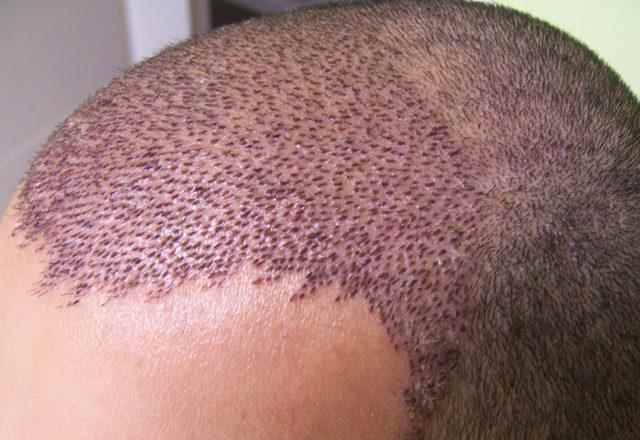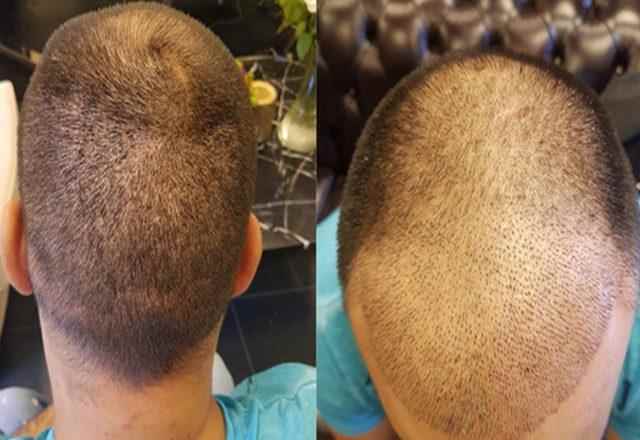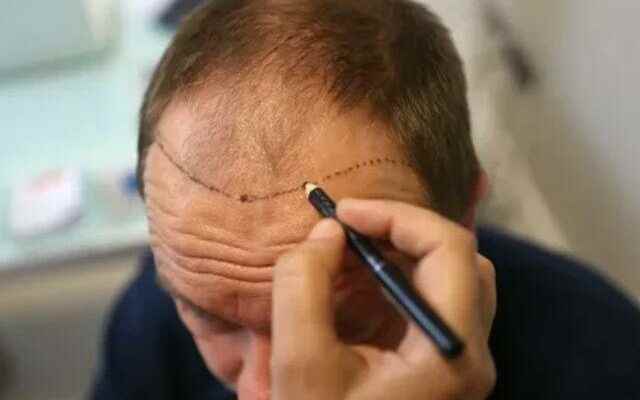Hair affects the whole look. In order to prevent hair loss, it is necessary to pay attention to hair care. Hair loss can be caused by many reasons. These reasons include hormonal and nutritional factors, exposure to chemical substances, genetic predisposition, systemic diseases, hair growth disorders, medications, psychological stress and scalp diseases. Hair transplantation is one of the most preferred methods to restore the lost hair.
Hair transplantation is among the most frequently performed operations in Turkey. Many people from abroad prefer Turkey for hair transplant. According to the researches, the number of people coming to Turkey for hair transplantation has reached 550 thousand in the last 6 months. Although hair transplantation provides very successful results, it is necessary to have information about this subject before hair transplantation.
WHO CAN APPLY HAIR TRANSPLANT?
Today, almost 50 percent of men over the age of 50 are faced with the problem of hair loss. Therefore, hair transplantation is the most applied cosmetic surgery for men. Hair loss is not just for men. Many women may also experience hair loss or thinning.
HOW IS HAIR TRANSPLANTATION DONE?

In practice, hair follicles taken from the nape are transplanted to the targeted bald area. These hair follicles taken are called grafts. In rare cases, there is not enough healthy hair in the neck or temple area of the person. In such cases, hair follicles can be taken from other parts of the person that contain hair, such as the arms or chest wall. The application takes place in a few hours depending on the amount of hair loss. If the balding area is very large, several sessions may be required to complete the treatment.
Generally, the intervention is performed under local anesthesia with sedation. After hair transplantation, a special bandage is applied to the head. The person is discharged after 1-2 hours. Although it is very rare, pain relief is controlled with painkillers. Generally, after 3 days of home rest, it is possible to return to business life with the head covered. The first dressing is done on the 5th day.
WHAT IS THE MOST IMPORTANT ELEMENT FOR HAIR TRANSPLANT?
Hair transplantation is a serious surgical application. In order to minimize the risks of hair transplantation, it should be done in a hospital environment. It is very important that it is performed by well-trained and experienced plastic surgeons in terms of getting the best results. In order for the hair transplant to be successful in the operation, the transplanted hair follicles must shed blood quickly in the area where they are placed. If a correct technique is applied, the success rate of hair transplantation is quite high. For a natural look, it is very important to plant the hair at the right distance, at the right angle and at the right density to the bald areas.
DOES INSTALLED HAIR LOSE AFTER HAIR TRANSPLANTATION?
The transplanted hair falls out within a few weeks following the transplant process; but this is normal. Because the shed hair will grow back after 3-4 months. After this temporary shedding is resolved, the transplanted hair follicles preserve their character and do not fall out. However, the original hair in the same area may continue to shed over time, and a new hair transplant may be planned in the future depending on the decrease in hair density. Post-surgery hair loss may continue progressively. Especially if an unnatural appearance occurs in the new hairline area, an additional surgical intervention may be required in the future.

WHAT KIND OF RISKS ARE INCREDIBLE OF HAIR TRANSPLANT IMPLEMENTATION?
Like every medical intervention, hair transplantation can carry some risks if not performed under appropriate conditions. However, if hair transplantation is performed by an experienced plastic surgeon in a hospital setting, complications are very rare. Hair transplantation is a long procedure and depending on the degree of baldness, several transplantations may be required in a period of 1-2 years. Although very rare, complications such as desired infection and significant scarring can be seen. Pain, discomfort, some bruising and swelling can be observed after the operation, which can be controlled with painkillers. In the areas where hair is removed and transplanted, numbness may occur within 2-3 months, which resolves spontaneously.
IS HAIR TRANSPLANTATION AN AESTHETIC PROCEDURE OR A MEDICAL PROCEDURE?

Hair transplantation is a medical procedure, but its aesthetic aspect is more important. If the donor area of the patient is evaluated well and the front hairline is determined naturally in the area to be transplanted, a style suitable for the image of the person can be created. With this aspect, it is a complete aesthetic procedure.
WHO CAN APPLY HAIR TRANSPLANT?
Hair transplantation operation can be performed on all individuals of all ages, who have experienced hair loss for various reasons, in men and women from the ages of 19-20, do not have a physiological disease that prevents hair transplantation and have enough follicles in the donor area.
DOES INSTALLED HAIR LOSE AFTER HAIR TRANSPLANTATION?
The transplanted hair falls out within a few weeks following the transplant process; but this is normal. Because the shed hair will grow back after 3-4 months. After this temporary shedding is resolved, the transplanted hair follicles preserve their character and do not fall out. However, the original hair in the same area may continue to shed over time, and a new hair transplant may be planned in the future depending on the decrease in hair density. Post-surgery hair loss may continue progressively. Especially if an unnatural appearance occurs in the new hairline area, an additional surgical intervention may be required in the future.
HOW IS HAIR TRANSPLANT OPERATION DONE?
- Shaved or unshaven transplantation can be done according to the operation style determined by the specialist doctor in hair transplantation.
- First of all, the hairy tissue and the area to be transplanted are planned. The hairy tissue is planned and shaved according to the course of the process. Local anesthesia is applied and hair follicles are collected one by one with microsurgical instruments.
- Channels are opened considering the direction of hair growth, the angle and density of the hair in the desired area.
- The extracted roots are placed in these channels one by one with meticulous and sensitive work.
- The purpose during the whole operation; It is to provide a healthy and permanent hair appearance in a natural way that will not be obvious after the operation.
- The operation is completed in an average of 6 to 8 hours.
